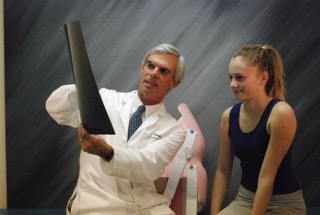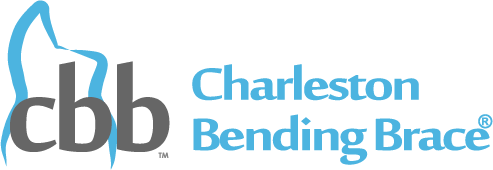
In 1979, C. Ralph Hooper’s daughter presented with adolescent idiopathic scoliosis. He knew immediately that his daughter was a poor candidate for 23-hour bracing. The unsightly appearance and the stigma associated with wearing a 23-hour brace, perhaps for years, was not going to work. As a certified orthotist/prosthetist Mr. Hooper was determined to find a solution.
This led to a unique collaboration of talents between physician and orthotist.
Mr. Hooper grew up in Charleston SC, a place where he had a strong connection to the medical community. He immediately partnered with Frederic E. Reed, MD a pediatric orthopedic specialist.
Their collective knowledge in their respective fields, provided the foundation by which a side bending orthosis, targeting night-time-only wear, could be developed.
Their work lead to the revolutionary modern-day prototype of today’s Charleston Bending Brace. The CBB has proven to be a most effective form of treatment for all patients with scoliotic curves of 40° or less …and for the non-compliant patient who refuses 23-hour bracing.
In 1984, an investigative team was formed to study this new orthosis for side-bending, time-modified scoliosis treatment. Team members included: Frederick E. Reed, M.D.; C. Ralph Hooper, Jr. CPO,; Max F. Riddick, M.D. of Winter Park, Florida; Donald S. Scott, MD of Tuscaloosa, AL and Charles T. Price, M.D. of Orlando, Florida. Their investigation proved the efficacy of the Charleston Bending Brace as an effective form of treatment for all patients with scoliotic curves of 40° or less. They also determined a night-time-only option would have great appeal to the patients who refuse daytime brace-wear.
After years of diligent testing and research, what started as a labor of love for Ralph Hooper’s daughter, the Charleston Bending Brace was finally patented in 1987. Since then, there have been over 25 scientific research papers published on the efficacy of the Charleston Bending Brace. (Please refer to the Resources tab.).
